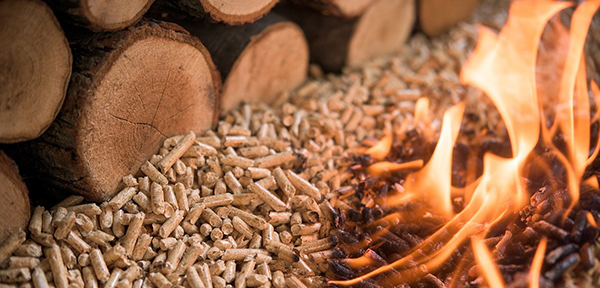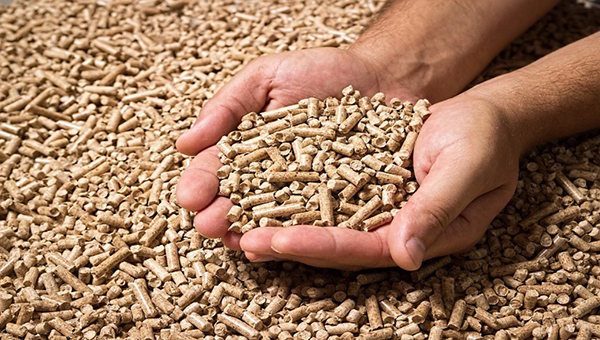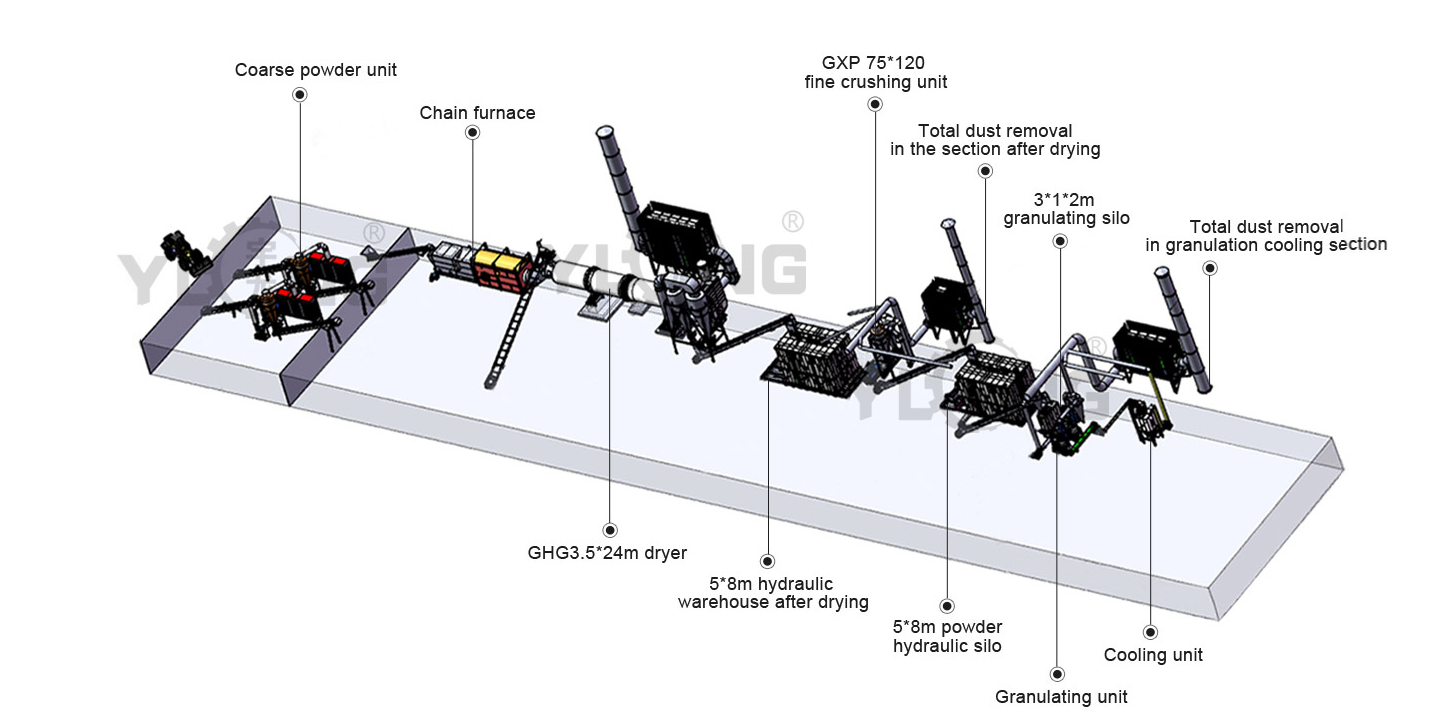Waste Wood to Make Biomass Pellets
There are many types of wood waste, such as: planks, wood blocks, wood chips, scraps, leftovers, board trims, branches, tree branches, tree trunks, building templates, etc. We can process these waste wood materials and reuse them again, which can effectively reduce the waste of wood resources, and it is very helpful to environmental protection.
Wood material is a renewable biological resource, and it is the only renewable and recyclable green material and biological resource among the four major materials (steel, cement, wood and plastic) in the world today. At present, the recycling of waste waste wood is mainly used in the following aspects:
1. Waste wood can be used to make paper. The material for processing paper is made by crushing processing, which not only enables the reuse of waste wood, but also brings economic value. This is a very good solution to waste wood, which saves wood resources and protects the surrounding environment.
2. Use waste wood to make wood-based panels. Such as particle board, medium fiber board, gypsum particle board, cement particle board, etc.
3. Use waste wood to make handicrafts. Wood is often made into art by craft lovers.
4. Use waste wood to make wood pellets, charcoal, wood vinegar and wood gas.
 Audited supplier
Audited supplier 
The advantages of using waste wood as fuel pellets
Waste wood is an ideal raw material for fuel pellets, which has great economic and social value. The following introduces the advantages of using waste wood as pellets:
1. Material advantage. In large timber factories, furniture factories, gardens, and wood industry-related enterprises, a large amount of wood surplus material will be produced. These leftover materials are large and cheap, and in the past they were often directly piled up and corroded, or landfilled or incinerated, which is also a serious waste of wood resources.
2. The particles have high fuel value. The fuel value of processed wood pellets can reach 4,500 kcal/kg. Compared with coal, the burning point is low and easy to ignite; the density is increased and the energy density is high.
3. Less harmful particles. When burning, the content of harmful gas components is extremely low, and the harmful gas emitted is less, which has environmental protection benefits. In addition, the burned ash can also be used directly as potash fertilizer, which saves money. In addition, there is very little ash after combustion, which greatly reduces the place where coal is piled and reduces the cost of ballast.
4. The pellet transportation cost is low. Because the shape is granular, the volume is compressed, the storage space is saved, and the transportation is convenient, and the transportation cost is reduced.

Processing technology of waste wood as pellets
Raw material granulation standard: less than 8mm fineness, moisture content is about 15%
Crushing-sieving-drying-hydraulic collection bin-fine powder-hydraulic collection bin-granulation-cooling-ton packing-dust removal
The processing technology of the particles can be customized according to customer requirements.

Crushing: use YULONG T-Rex Shredder to coarse powder wood boards, wood blocks, edge bark, branches, tree branches, tree trunks, and building templates;
Screening: Large wood materials are sieved out and crushed again, and fine materials enter the dryer for drying;
Drying: The wood shreds are dried by the drum rotary dryer, and the drying rate is reduced to 10%-15%;
Hydraulic silo: the dried coarse powder enters the silo to wait for the fine powder;
Fine powder: the material is further crushed by a high-efficiency crusher to meet the granulation requirements;
Hydraulic silo: the crushed materials enter the silo and wait for granulation;
Granulation: According to different output, one or more centrifugal high-efficiency granulators can be equipped for granulation;
Cooling: The temperature of the pellets from the pellet machine is above 90 degrees and needs to be cooled before they can be packaged;
Packing: It can be equipped with ton bag scale and granule packing scale.
Dust removal: A large amount of dust will be generated in the process of material crushing, drying, and granulation, which will not only cause harm to the workers, but also damage the machine. According to local environmental protection requirements, closed production and an overall dust removal system can be adopted.
Notes in Pellet Processing:
1. Before the worker gets on the machine, the operator must read the instruction manual carefully to understand the various technological processes of the equipment.
2. In the production process, strictly follow the procedures and operation sequence, and carry out the installation operation as required.
3. The main equipment needs to be installed and fixed on a flat concrete floor and fixed with screws.
4. Smoking and open flames are strictly prohibited at the production site.
5.After each boot, it needs to be idle first. After the equipment runs normally without abnormality, the material can be fed evenly.
6. It is strictly forbidden to add hard impurities such as stones and metals into the feeding device. In order to avoid damage to the granulation chamber, iron should be removed before granulation.
7. It will be dangerous, if the material is moved by hand or other tools during the operation of the equipment.
8. If abnormal noise occurs during the production process, the power supply should be cut off immediately. After checking and handling the abnormal situation, the production can continue.
9. The feeding must be stopped first, and then the machine should be shut down. After the raw materials of the feeding system are processed, the power supply should be cut off.
Correctly operating the pellet mill as required and paying attention to relevant matters as required can not only improve the output and operating performance of the equipment, but also prolong the service life of the equipment.
 Audited supplier
Audited supplier
Making Fuel Pellets From Peanut Shells

Sugarcane Bagasse Pellet Making

Straw for Pellets Fuel Production

Rice Husk Pellet Processing Technology and Equipment
![How to Assemble Pellet Machine / Pellet Machine Installation - Detailed Guide [2022]](/static/images/placeholder/220x125.png)
How to Assemble Pellet Machine / Pellet Machine Installation - Detailed Guide [2022]
![How to Assemble Pellet Machine / Pellet Machine Installation - Detailed Guide [2022]](/static/images/placeholder/220x125.png)
How to Assemble Pellet Machine / Pellet Machine Installation - Detailed Guide [2022]

Making Fuel Pellets From Peanut Shells

YULONG 8th Generation Centrifugal High Efficient Pellet Machine

Activated Carbon Granulation




![How to Assemble Pellet Machine / Pellet Machine Installation - Detailed Guide [2022]](https://img001.video2b.com/995/file_01650013905751.jpg?x-oss-process=image/resize,m_lfit,w_220)

